Filter by
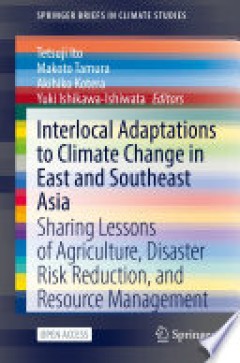
Interlocal Adaptations to Climate Change in East and Southeast Asia: Sharing …
This Open Access book’s main focus is agriculture and natural resource management, disaster risk reduction, and human resource development in the countries of East and Southeast Asia and Japan. Asia is one of the regions which is the most vulnerable to the impacts of climate change. More than sixty percent of the world’s people live in the region, making it the growth center of the world. A…
- Edition
- 3
- ISBN/ISSN
- 9783030812072
- Collation
- v, 164 p
- Series Title
- 164
- Call Number
- 363.73874095
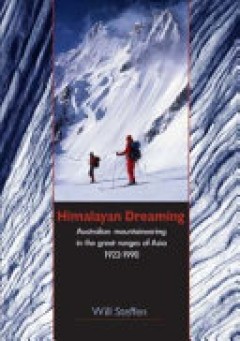
Himalayan dreaming : Australian mountaineering in the great ranges of Asia, 1…
How did climbers from the world’s flattest, hottest continent become world-class Himalayan mountaineers, the equal of any elite mountaineer from countries with long climbing traditions and home ranges that make Australia’s highest summit look like a suburban hill? This book tells the story of Australian mountaineering in the great ranges of Asia, from the exploits of a brash, young colonial…
- Edition
- -
- ISBN/ISSN
- 9781921666162
- Collation
- 593 hlm
- Series Title
- -
- Call Number
- 796.522095496

Empire’s violent end : comparing Dutch, British, and French wars of decolo…
In Empire's Violent End, Thijs Brocades Zaalberg and Bart Luttikhuis, along with expert contributors, present comparative research focused specifically on excessive violence in Indonesia, Algeria, Vietnam, Malaysia, Kenya, and other areas during the wars of decolonization. In the last two decades, there have been heated public and scholarly debates in France, the United Kingdom, and the Netherl…
- Edition
- 1
- ISBN/ISSN
- 9781501764165
- Collation
- 246p
- Series Title
- -
- Call Number
- 325.309405 EMP b
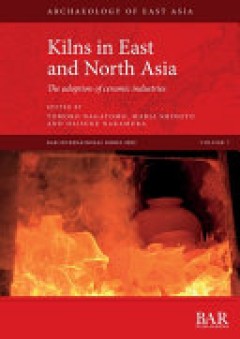
Kilns in East and North Asia : the adoption of ceramic industries
The start of ceramic industry is an important stage in mass production and is closely related to social complexity and social exchanges including the immigration of specialists. The introduction of high-temperature operations and varying firing regimes is a technological breakthrough in ceramic production. This book discusses the introduction and the background of kilns and advanced technology …
- Edition
- 2
- ISBN/ISSN
- 9781407358901
- Collation
- xiv, 264 p
- Series Title
- BAR International, 3082
- Call Number
- 338.47666436095 NAG k
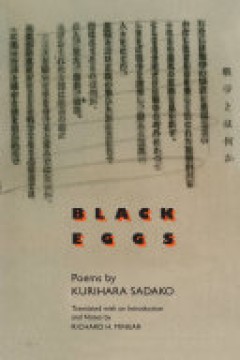
Black eggs : poems
Kurihara Sadako was born in Hiroshima in 1913, and she was there on August 6, 1945. Already a poet before she experienced the atomic bombing of Hiroshima, she used her poetic talents to describe the blast and its aftermath. In 1946, despite the censorship of the American Occupation, she published Kuroi tamago (Black Eggs), poems from before, during, and immediately after the war. This volume in…
- Edition
- -
- ISBN/ISSN
- 9780472127634
- Collation
- xx + 330 p
- Series Title
- -
- Call Number
- 895.615 SAD b

Southeast Asian anthropologies: national traditions and transnational practices
Anthropology is a flourishing discipline in Southeast Asia. This book makes visible the development of national traditions and transnational practices of anthropology across the region. The authors are practising anthropologists with decades of experience in the intellectual traditions and institutions that have taken root in the region. Three overlapping issues are addressed in these pages. Fi…
- Edition
- -
- ISBN/ISSN
- 9789813250093
- Collation
- xi, 335 pages ; 23 cm
- Series Title
- -
- Call Number
- 301.0959 SOU s

Mongol Court Dress, Identity Formation, and Global Exchange
The Mongol period (1206-1368) marked a major turning point of exchange – culturally, politically, and artistically – across Eurasia. The wide-ranging international exchange that occurred during the Mongol period is most apparent visually through the inclusion of Mongol motifs in textile, paintings, ceramics, and metalwork, among other media. Eiren Shea investigates how a group of newly-conf…
- Edition
- -
- ISBN/ISSN
- 9781032238432
- Collation
- xvii,207 p
- Series Title
- -
- Call Number
- 391.00951 HEA M

The territory of Japan : its history and legal basis
This Open Access book carefully examines the legal and historical bases of the territory of Japan as a modern State from the Meiji period to 2002. A new preface summarizes key developments in the situation up through 2022. Japan’s current territory is stipulated by the Potsdam Declaration (1945) and the Treaty of Peace with Japan (1951); it includes the Northern Territories, the Senkaku Is…
- Edition
- 2
- ISBN/ISSN
- 9789819930135
- Collation
- xxi, 185p.; ill.
- Series Title
- -
- Call Number
- 341.420952 THE k
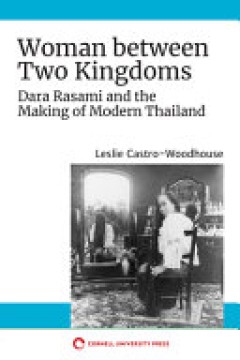
Woman between two kingdoms : Dara Rasami and the making of modern Thailand
"Woman Between Two Kingdoms explores the story of Dara Rasami, one of 153 wives of King Chulalongkorn of Siam in Thailand during the late nineteenth and early twentieth centuries. Born in a kingdom near Siam called Lan Na, Dara served as both hostage and diplomat for her family and nation. Thought of as a ""harem"" by the West, Siam's Inner Palace actually formed a nexus between the domestic an…
- Edition
- -
- ISBN/ISSN
- 9781501755507
- Collation
- xii + 180 p
- Series Title
- -
- Call Number
- 305.309593 CAS w
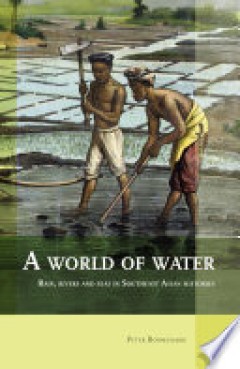
A world of water: Rain, rivers and seas in Southeast Asian histories
Water, in its many guises, has always played a powerful role in shaping Southeast Asian histories, cultures, societies and economies. This volume, the rewritten results of an international workshop, with participants from eight countries, contains thirteen essays, representing a broad range of approaches to the study of Southeast Asia with water as the central theme. As it was exposed to the se…
- Edition
- -
- ISBN/ISSN
- 9789004254015
- Collation
- vii, 368
- Series Title
- -
- Call Number
- 304.20959
 Computer Science, Information & General Works
Computer Science, Information & General Works  Philosophy & Psychology
Philosophy & Psychology  Religion
Religion  Social Sciences
Social Sciences  Language
Language  Pure Science
Pure Science  Applied Sciences
Applied Sciences  Art & Recreation
Art & Recreation  Literature
Literature  History & Geography
History & Geography